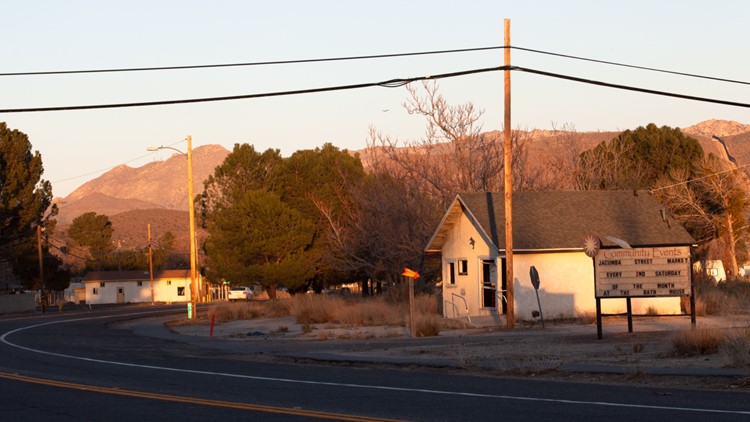CALIFORNIA, USA — The tiny community of Jacumba Hot Springs in southeastern San Diego County could soon be dwarfed by nearly 650 acres of solar panels at the edge of town, but residents are fighting the project.
They fear its size and proximity would ruin their historic and rural community where about 500 people live. They also say that pandemic-related restrictions, including public meetings held online and by phone and closures of the library, where residents can access computers and public records, have made it harder to stay informed and protest the development.
“I'm just afraid this one's going to rear its ugly head and we, the community, won't have had an adequate say,” said Cherry Diefenbach, chair of the Jacumba Community Sponsor Group, which advises county officials on land use issues.
The county Planning Commission is tentatively set to consider the solar project this summer, with the Board of Supervisors taking it up in the fall.

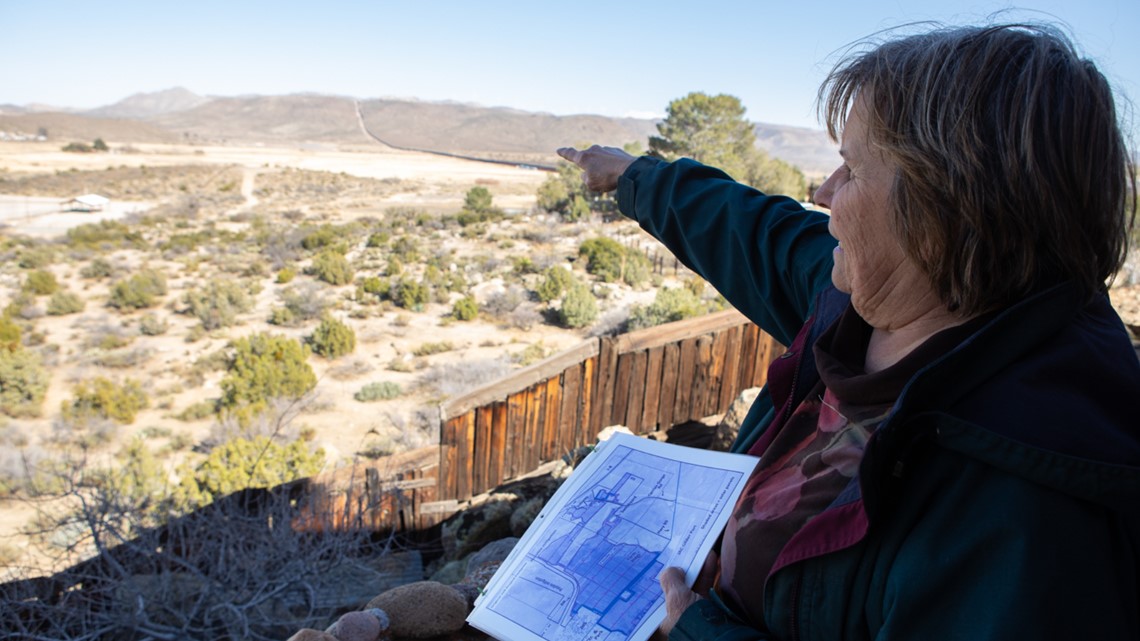
The 90-megawatt JVR Energy Park would be developed by BayWa r.e., a company headquartered in Munich, Germany. At that size, the project could provide renewable energy for about 22,500 homes each year, based on a solar energy group’s conversion.
The proposed solar panels would fill about half of the development’s 1,356-acre site, which stretches from Interstate 8 to the Mexican border, and would include a switchyard, substation, open space and some landscaping along the perimeter fence.
The land abuts Jacumba to the east and has been used during the past decade as a vegetable farm and sand mine. It was once considered for housing.
Jacari “Jay” Cousins, owner of Jay’s Southern Cafe in Jacumba, said he joined the local planning board that Diefenbach heads just to oppose the solar development. The board voted unanimously Tuesday night to ask the county and developer to limit the project to 200 acres or less and keep it 1,500 feet from roads or homes.

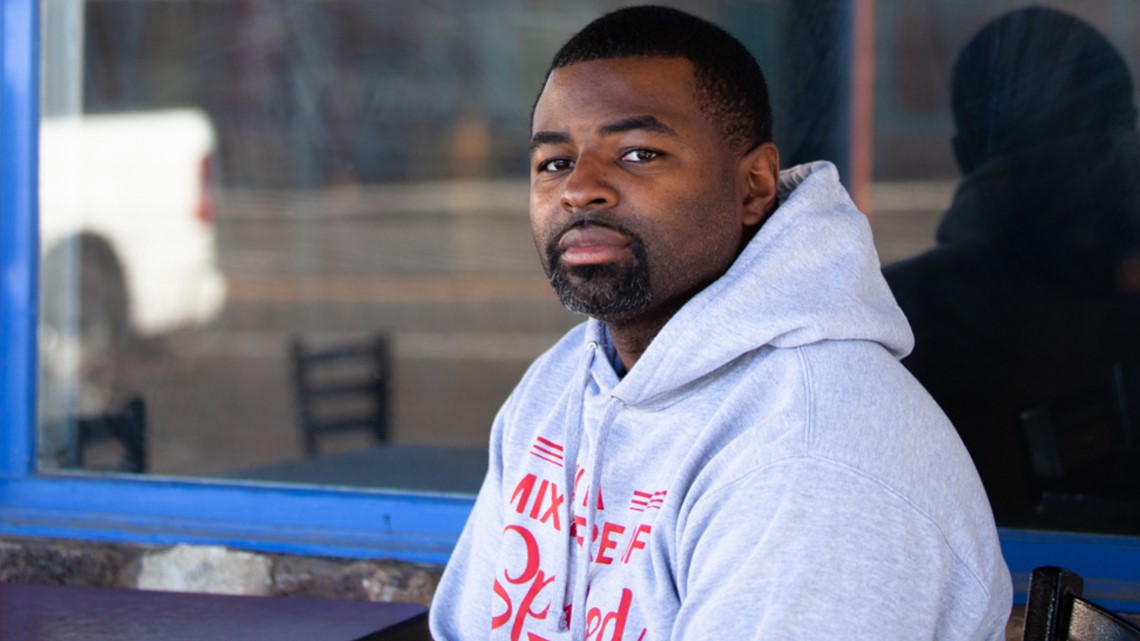
Cousins, who also is the pastor of Ambassadors Worship Center in El Cajon, moved his family to Jacumba Hot Springs six years ago in pursuit of a quieter life. He said he likes that his kids can play in the street and that he knows everyone in town. He also enjoys spotting deer, rams, owls and other wildlife in the area.
The large solar project just doesn’t fit in, he said.
“If that is placed there, it’ll become an eyesore,” Cousins said. “People won't want to come and look at this place.”
He also fears it will drive down property values and hurt businesses like his restaurant once the 500 workers expected during the 13 months of construction leave.
Locals fear damage to scenery and historical resources
Many Jacumba residents want no part of the project, and 74 signed a petition sent to the county opposing it.
After county officials released a draft of a 1,244-page environmental report on the project in October, they received about 100 form postcards, handwritten letters and emails from residents in opposition. Most were from people in Jacumba but some were from nearby Boulevard.
The project’s objectives, according to the report, include helping meet the state’s targets for renewable energy; providing reliable energy to the San Diego County region; and maximizing productivity by placing a project in an area with excellent solar attributes.

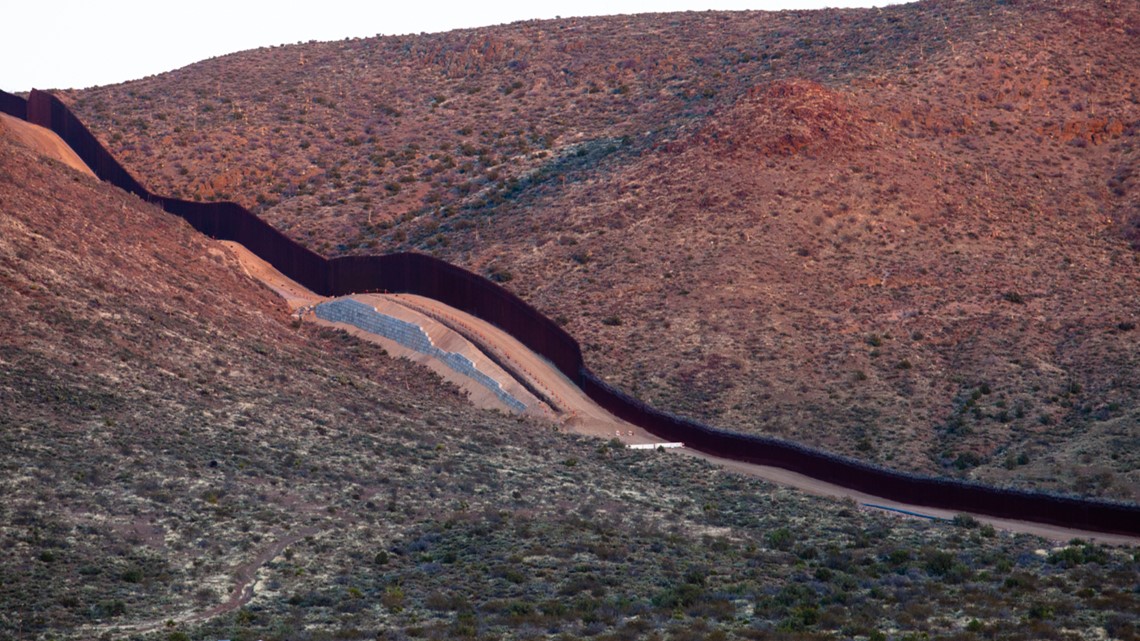
The buyer of the electricity is still unknown, and BayWa r.e. declined to be interviewed for this story. The panels would be taken down after 35 years.
The report also lists the project’s possible impacts. One is that it could disturb tribal cultural resources, including archaeological findings from at least 10,000 years of human occupation and sacred sites. Kumeyaay monitors have already overseen initial surveys. Four local tribal governments are consulting with the county before it decides whether to approve permits.
The solar project could also disrupt the habitat for birds, including the burrowing owl, increase the risk of fire, and create noise and glare.
“It’s really going to create an industrial feel to this valley that it sits in,” said Jeffrey Osborne, who with two other partners bought the Jacumba Hot Springs ResortHotel and Spa in October. “In the big picture, it just kind of destroys any future here for this community.”

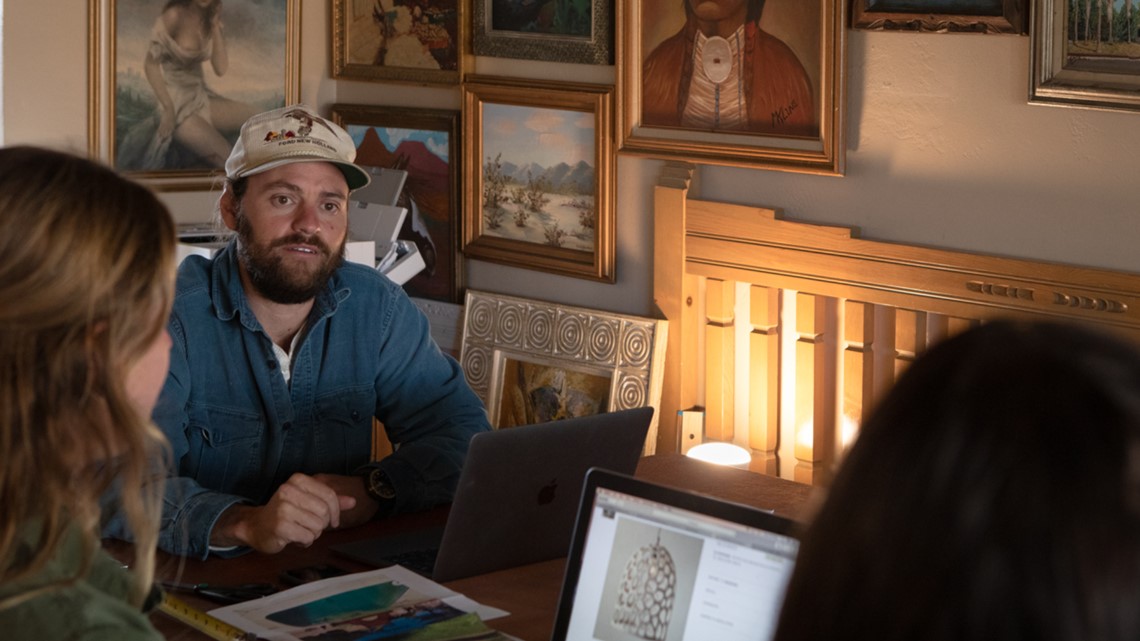
The purchase of the historic hotel includes about 150 acres of land and other commercial buildings. The owners said they want to restore and play up the historic structures, including a burned bath house at the center of town they have already started cleaning up.
Osborne said he almost walked away from the purchase when he learned about the solar project but decided to stay and fight it. The owners have hired a lawyer with expertise in California land use and environmental law to help.
COVID-19 makes public participation harder
Diefenbach, the chair of the Jacumba Sponsor Group, is a local historian and author who is restoring the “Chinese Castle,” a distinctive 1930s-era house she bought in 2012. It overlooks Jacumba, including the site of the proposed solar panels.
She said fewer people than she would have expected are attending the planning group’s meetings, which are being done via Zoom because of the pandemic.

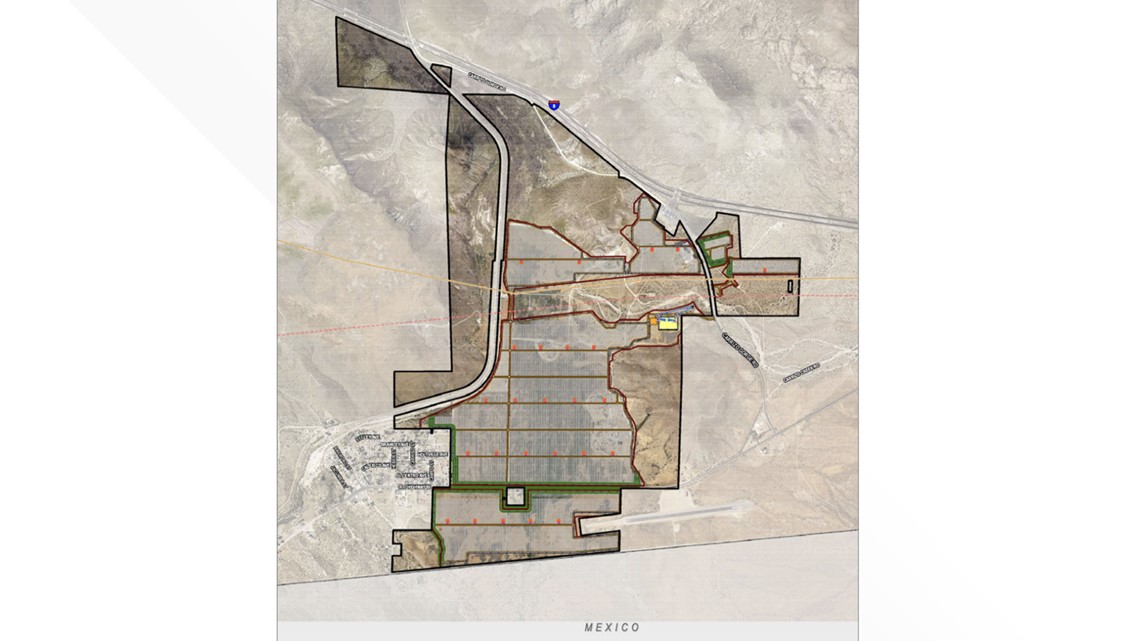
An October meeting county planners held for the community to review the solar project’s environmental impact report also took place online and by phone. The county doesn’t record these kinds of public review meetings and only takes comments in writing to ensure accuracy, a county spokesperson said.
The report was dropped off at the library in Jacumba but access has been limited because of COVID-19, and at times county libraries have been closed except for “door-side service” during health lockdowns.
The restrictions amounted to “disenfranchising people,” Diefenbach said.
The local planning group has supported renewable energy projects in the past, including a 108-acre solar farm BayWa r.e. developed east of Jacumba along Old Highway 80.

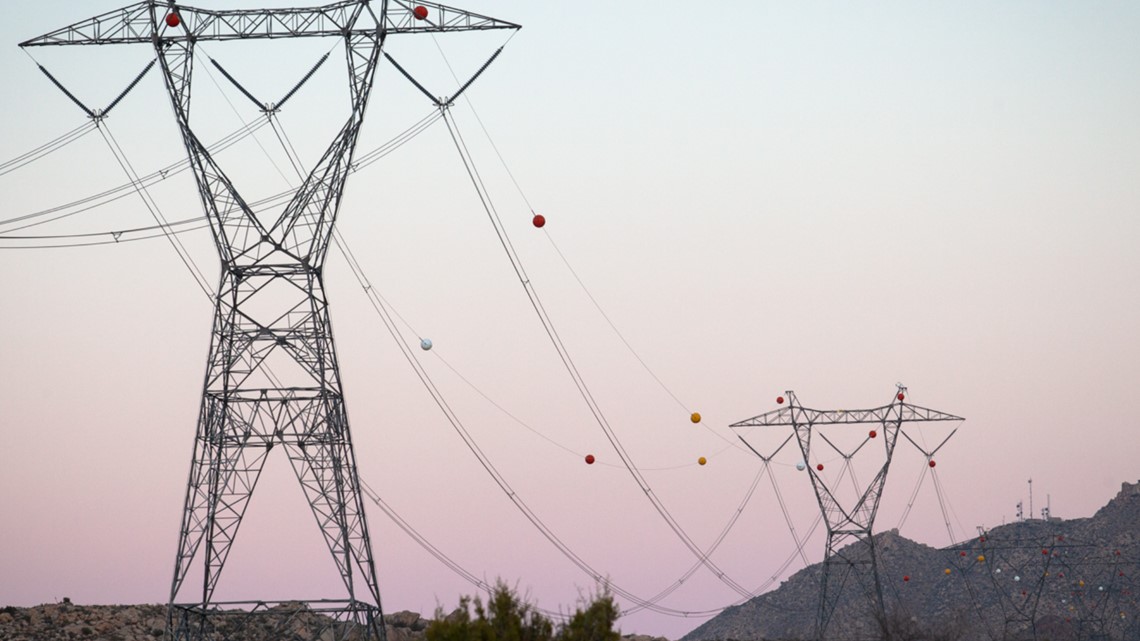
It was connected in late 2017 and provides energy to Southern California Edison. The solar farm is next to the U.S.-Mexico border wall and can’t be easily seen from Old Highway 80 or the town.
But BayWa r.e.’s latest project is different, said Diefenbach, who wants to see the size reduced.
“I think it's going to set a very dangerous precedent for doing this to other communities,” she said.
The southeastern part of the county has seen a spurt of renewable energy projects. California has set a target to get 100% of electricity from renewable and carbon-free resources by 2045.
Six other wind or solar projects are in various planning and permitting phases within 17 miles of Jacumba Hot Springs. Those include a project to put 60 wind turbines on the Campo Indian Reservation and another to construct a solar project in Boulevard.
inewsource is a nonprofit, independently funded newsroom that produces impactful investigative and accountability journalism in San Diego County. Learn more at inewsource.org.


